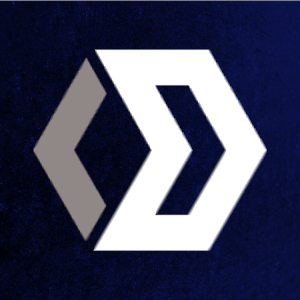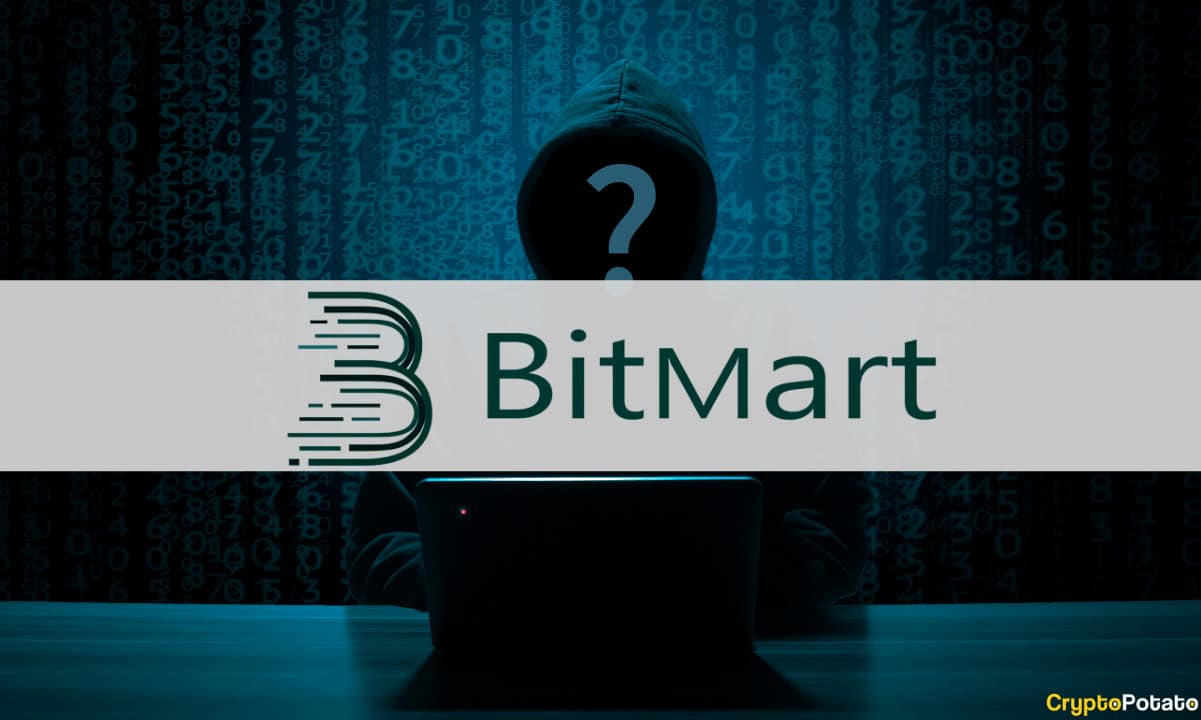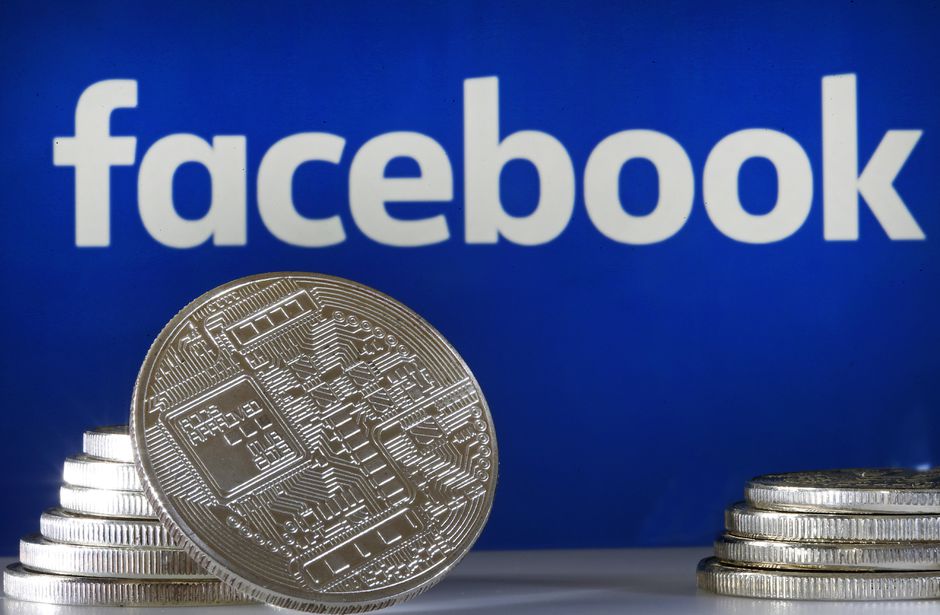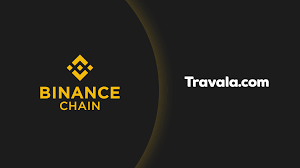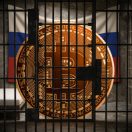Blocknet is a decentralized application platform that enables blockchain interoperability through cross-chain data transfers and atomic swaps. It accomplished all of this while remaining completely trustless and decentralized. BLOCK was launched in October 2014 with the goal of creating an “internet of blockchains” by providing the infrastructure for building a token ecosystem for chain services. Blocknet is essentially two things; a protocol and a decentralized exchange.
Blocknet’s protocol allows nodes on different blockchains to communicate and share their services with one another. There are dozens of different crypto platforms that are trying to accomplish many different things, and developers have to actively search for a platform that provides the feature set they require. Blocknet will allow developers to build their platforms on whichever blockchain they want by pulling in features from different projects and utilizing them in a microservices manner.
The decentralized exchange at Blocknet allows for any crypto-to-crypto trade combination. Blocknet will give users almost unlimited options to trade one cryptocurrency for another without needing to use any of the centralized exchanges that currently dominate the market.
Blocknet also features a native proof-of-stake cryptocurrency called BLOCK that is used to maintain the network, pay trade fees, and achieve consensus.
Unlike many other cryptocurrencies, BLOCK currently doesn’t have a hard cap on the amount of tokens that will be released. 525,600 new blocks are created every year at a rate of one block per minute with decreasing inflation in each subsequent year. 4,994,089 BLOCK were in circulation as of January 2018.
How Blocknet Works
Blocknet has three components that enable it to support inter-blockchain services and provide its core services. These include a blockchain router, a decentralized exchange protocol and a cross-chain data transport.
A blockchain router – Blocknet is founded on XBridge, a peer-to-peer protocol that enables communication between nodes on different blockchains. XBridge is open source and is implemented in every app that uses Blocknet.
A decentralized exchange protocol – Blocknet features an exchange component that enables trustless transactions between different blockchains. Any asset supported by the protocol can be used to perform cross-chain atomic swaps. The only requirement is that the assets support OP_CHECKLOCKTIMEVERIFY and feature a stock JSON RPC interface.
A cross-chain data transport – this third component enables Blocknet to send data and information from one chain to another. It greatly increases the interoperability and potential implementations of the Blocknet protocol.
Blocknet is designed to maximize interoperability. Most cryptocurrencies on the market can be integrated into its exchange without any special code, and no permission is required from anyone for currencies to be traded on the exchange. Every time a cryptocurrency joins the Blocknet, every other coin in the network gains access to its features. Adding a coin is as simple as getting approval from the Blocknet Foundation and integrating Blocknet’s API to the coin’s base wallet.
The exchange currently supports: BitBay (BAY), Bitcoin (BTC), Bitcoin Cash (BCH), Blackcoin (BLK), Dash (DASH), Digibyte (DGB), Decred (DCR), Dynamic (DYN), Dogecoin (DOGE), Ethereum (ETH) and all ERC20 tokens, Faircoin (FAIR), Monacoin (MONA), PIVX, PotCoin (POT), Vertcoin (VTC), Qtum (QTUM), Verge (XVG), Vericoin (VRC), and ViaCoin (VIA).
Blocknet’s features are made possible by its nodes. There are three types of nodes on the network:
1. Service nodes – these serve two functions; to collect and distribute trade fees and to confirm network transactions. A service node operator can run multiple full nodes of whichever crypto coin they want to support in order to get as many trader fees as possible. Users must have 5,000 BLOCK and two computers—one for hosting the node and one for hosting the wallet—to run a service node.
2. Trading nodes – these enable users to trade on the decentralized exchange. Trading nodes must have a synced wallet of each currency they want to trade.
3. Staking nodes – these confirm network transactions and earn 0.3 BLOCK for every block they process. The probability of receiving a block reward is proportional to the amount of BLOCK a staking node has in their wallet. Users must have BLOCK (any amount) in their wallet and keep their wallet running at all times to run a staking node.
Blocknet vs. Other Cryptocurrencies
Blocknet is more than just a decentralized exchange platform with a native cryptocurrency for conducting transactions. On top of the conventional cryptocurrency feature set, Blocknet enables the delivery of potentially any type of digital service across different blockchains. Things like Ethereum smart contracts can be run on the Bitcoin network, for example. It also allows for the creation of decentralized apps with a multi-chain architecture that can provide services on different chains without having to commit to one blockchain.
The ability for smart contracts to function as “protocol tokens” can be enhanced by developers from different cryptocurrency communities. This will prevent code duplication and chain bloat, and allow developers to deliver services to all blockchain consumers instead of the users of just one blockchain.
A microservices architecture on which various blockchains can deliver a single service that is modularly integrated with many others. This will make bug fixes and upgrades much easier. The full exploitation of business models that are based on the crypto economy and made possible by blockchain technology.
Self-Funded Blockchain Project
Blocknet is also a self-funded project with a built-in self-funding mechanism. Instead of setting aside a percentage of the block reward for development projects like most proof-of-stake cryptocurrencies, its developers opted for something more decentralized. There is a “super block” after every 43,200 blocks that generates up to 4,320 BLOCK. Whatever amount is generated is used to fund development proposals.
Users submit proposals to the network and the service nodes vote on them. If a proposal is passed, the BLOCK generated by the super block will be used to fund the project. At least 10% of the service nodes have to vote and a majority must be reached before the proposal is passed.
Buying, Storing and Selling BLOCK
BLOCK can be acquired on Bittrex, Novaexchange, and CryptoBridge. It can currently only be stored on exchange wallets and the official BLOCK desktop wallet available on Windows and Mac OS X.
There are several major factors that have hindered the growth of Blocknet. The decentralized exchange can currently only be used via command line, there is no official whitepaper, there haven’t been any serious attempts to market the project, and the information on the official website is a little too technical for the average cryptocurrency enthusiast.
The developers are working to address many of these problems in 2018. According to the official roadmap, the first beta release of the exchange user interface will be launched on March 1, 2018. The first version of the whitepaper will also be released in March, and official promotional materials are currently under development.
Despite its problems, BLOCK has managed to maintain decent market liquidity. Like most cryptocurrencies, its price rose substantially during the last quarter of 2017 and hasn’t gone back to pre-2017 lows. Whether it will maintain an upward trajectory in 2018 remains to be seen.

